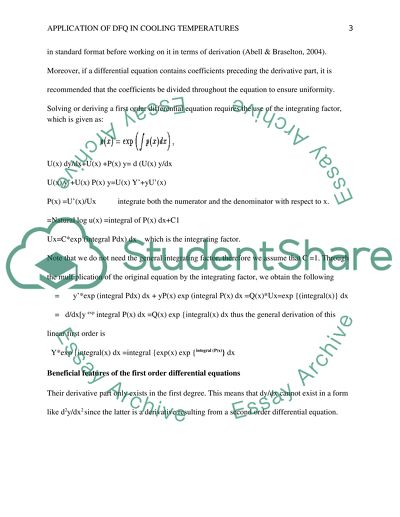Cite this document
(“DFQ Term Paper Example | Topics and Well Written Essays - 750 words”, n.d.)
Retrieved de https://studentshare.org/mathematics/1694059-dfq
Retrieved de https://studentshare.org/mathematics/1694059-dfq
(DFQ Term Paper Example | Topics and Well Written Essays - 750 Words)
https://studentshare.org/mathematics/1694059-dfq.
https://studentshare.org/mathematics/1694059-dfq.
“DFQ Term Paper Example | Topics and Well Written Essays - 750 Words”, n.d. https://studentshare.org/mathematics/1694059-dfq.


